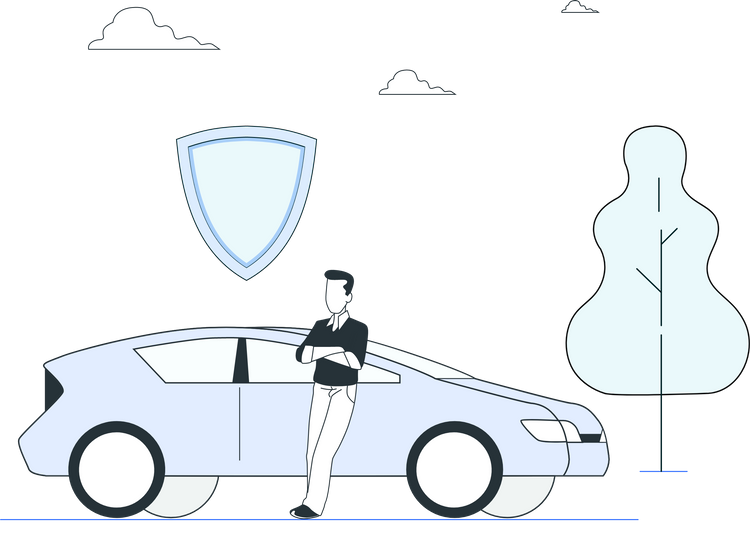Latest from our Blogs

Latest Blogs

Types of Driving License In India
In India, a driving licence is authorised, and legal paperwo...
Read More
5 Types of Car Insurance Coverage Explained
Car insurance coverage is an important concept to understand...
Read More
Traffic Fines, Penalties, & Challans
If you’re amongst those who don’t give a honk about traffic ...
Read More
Everything About Third-Party Liability Insurance
The world of insurance can seem like a daunting territory fo...
Read More

CNG Full Form, Details, History
The consumption of CNG is prevailing in India since it is a ...
Read More
How to Apply for a Vehicle RC Renewal?
Having a car has become common these days due to the availab...
Read More
Best CVT Automatic Cars in India
Many drivers will argue that manual transmission is best for...
Read More
Global NCAP Rating for Tata Curvv
Tata Curvv is an innovative SUV coupe manufactured by Tata M...
Read More Car
Car